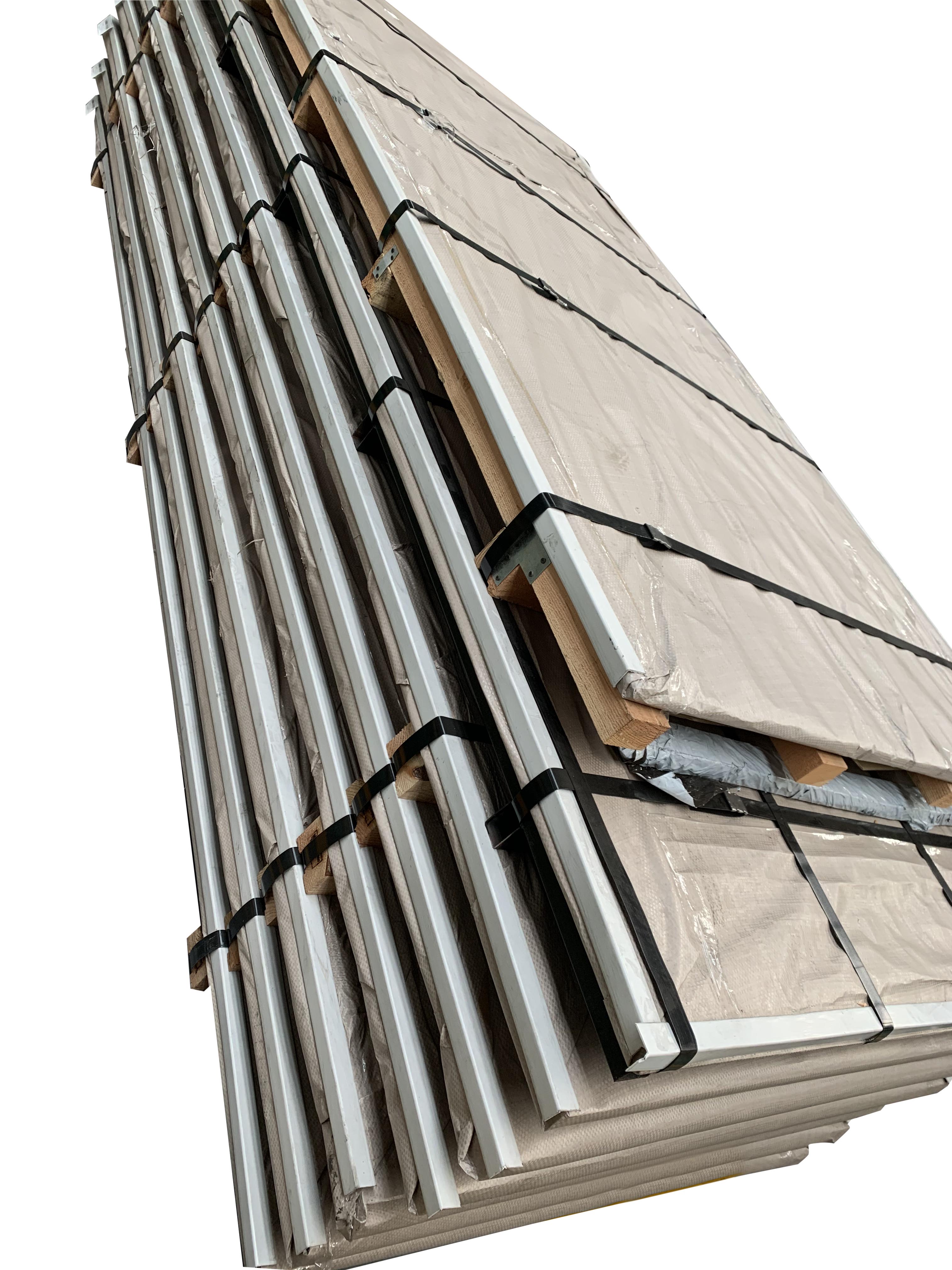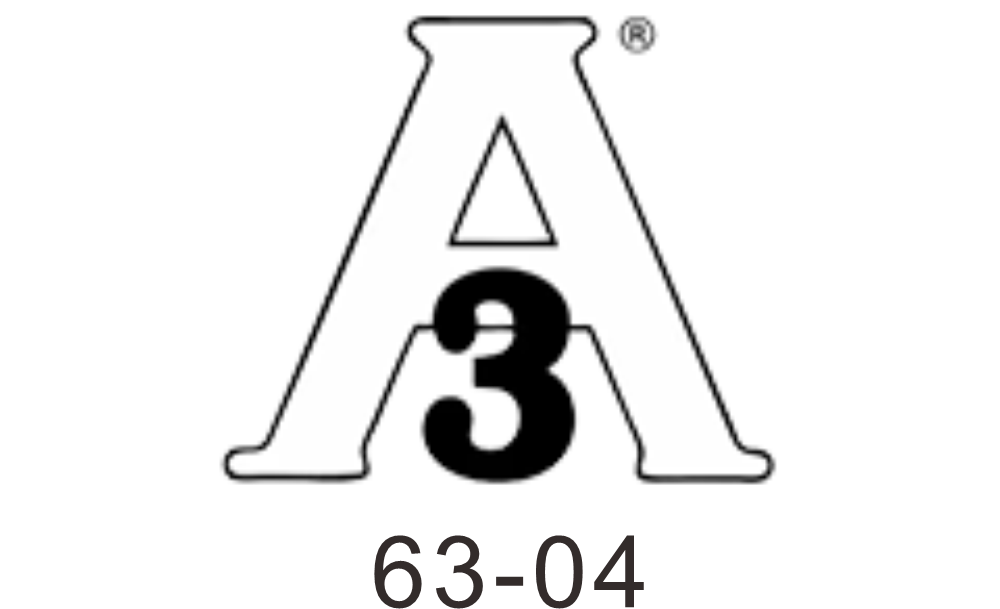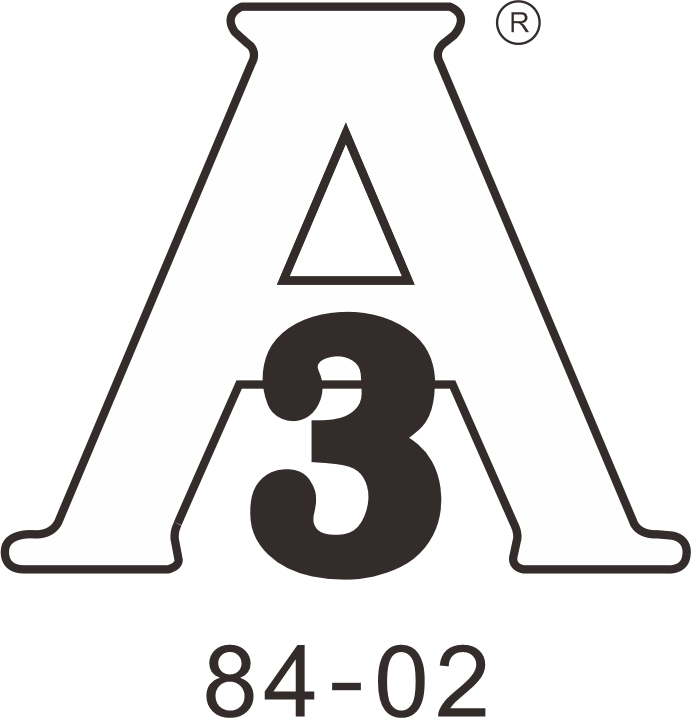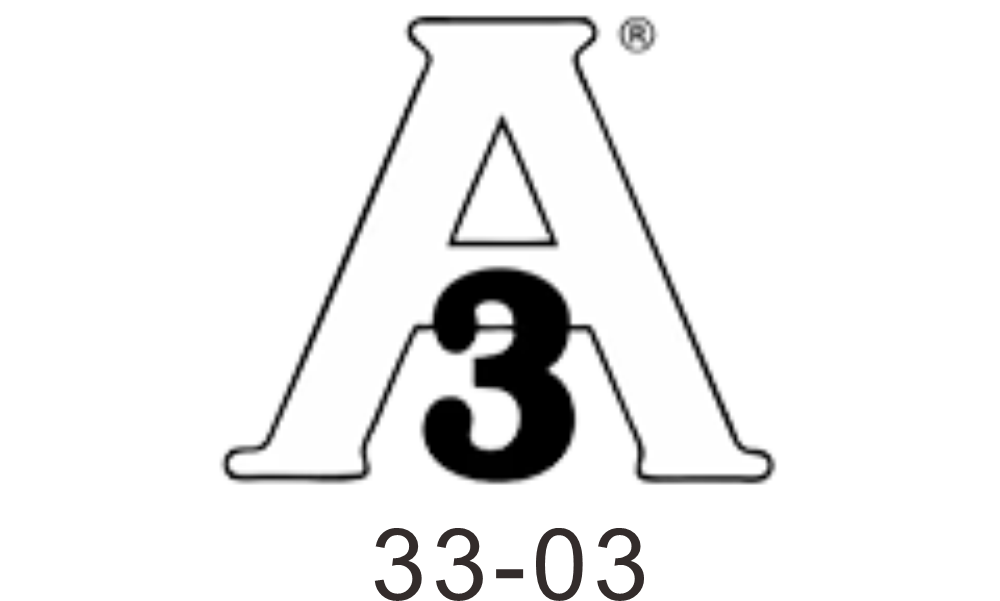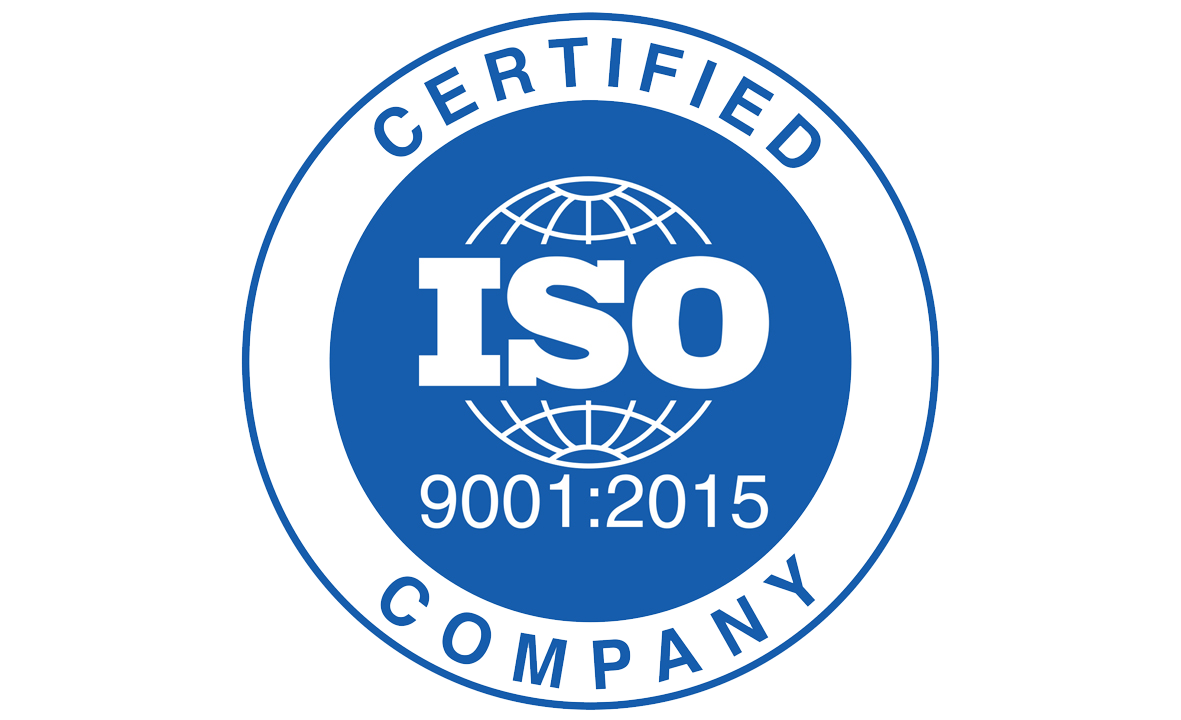ASTM A240/A240M, A480/A480M,JIS G4304/G4305, EN 10028-7/10088-2
Application: Medical equipment, Food industry, Construction material, Kitchen utensils, etc.

Customers often ask us about the differences between hot rolled steel and cold rolled steel. There are some fundamental differences between these two types of metal. The differences between hot rolled steel and cold rolled steel relates to the way these metals are processed at the mill, and not the product specification or grade. Hot rolled steel involves rolling the steel at high temperatures, where cold rolled steel is processed further in cold reduction mills where the material is cooled followed by annealing and/or tempers rolling.
Hot Rolled Steel
Hot rolling is a mill process which involves rolling the steel at a high temperature (typically at a temperature over 1700° F), which is above the steel’s recrystallization temperature. When steel is above the recrystallization temperature, it can be shaped and formed easily, and the steel can be made in much larger sizes. Hot rolled steel is typically cheaper than cold rolled steel due to the fact that it is often manufactured without any delays in the process, and therefore the reheating of the steel is not required (as it is with cold rolled). When the steel cools off it will shrink slightly thus giving less control on the size and shape of the finished product when compared to cold rolled.
Uses: Hot rolled products like hot rolled bars are used in the welding and construction trades to make railroad tracks and I-beams, for example. Hot rolled steel is used in situations where precise shapes and tolerances are not required.
Cold Rolled Steel
Cold rolled steel is essentially hot rolled steel that has had further processing. The steel is processed further in cold reduction mills, where the material is cooled (at room temperature) followed by annealing and/or tempers rolling. This process will produce steel with closer dimensional tolerances and a wider range of surface finishes. The term Cold Rolled is mistakenly used on all products, when actually the product name refers to the rolling of flat rolled sheet and coil products.

